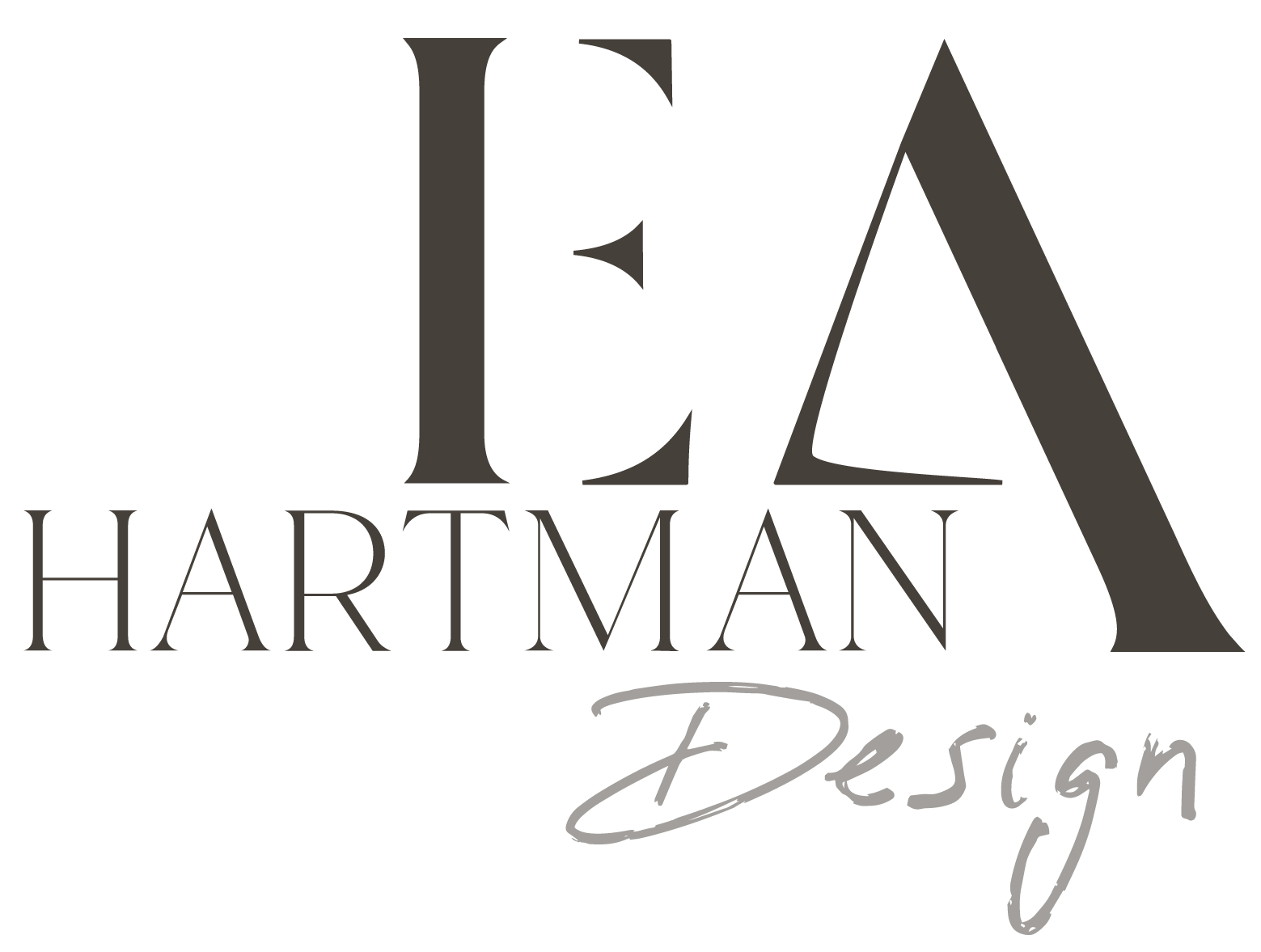It’s that time of year when we are flooded with design trend forecasts. What proved big in the past year? What is planned for the next year? And what trends does that data suggest? Many trend articles are just clickbait. But when they are well-researched, they are valuable. They present an opportunity to think about materials, colors, and styles that may be outside of your typical repertoire (for example, new ways of thinking about office design). They can also provide insight into potential areas of growth.
Identifying Design Trends
Sometimes, design trend forecasts seem obvious. They are themes derived from vendor sales, media coverage, consumer favorites in social media, clients requests. Other times, they reflect a vibe of what’s to come. These trend predictions are based on broader influences, such as societal changes, emerging themes in other industries, behavioral evolutions, etc. They represent where the industry and design are heading next. It’s like watching the tide change.

In April 2021, the Denver Design District hosted its spring launch virtually. Leatrice Eiseman from Pantone was the keynote speaker. She talked about how the company identifies color trends and palettes. “It comes from what we see and hear.” However, the source data is much more multidisciplinary than I would have thought. The team looks at a range of social, cultural, consumer, even political trends across industries and around the world. They consider fashion, travel, architecture and interiors, packaging, buzzwords, art and media, consumer habits, nutrition, etc. Some of the trends Eiseman said influenced the 2021 palettes include:
- Multicultural references in tiles, textiles, ceramics, and tableware that centered around earthy and terra cotta tones
- Food and floral mashups that appeared in both photography and the restaurant industry
- Folklore influences in the fashion and textiles industries, including richly colored embroidery, layers, etc.
- Road trips, time outdoors, and nature-inspired colors and textures
The palettes that Eiseman discussed last spring are still in play. For example, you can see the earthy greens and clays throughout paint companies’ color-of-the-year selections for 2022. And natural materials, organic curves, and biophilia are only growing in popularity. I’m not the only one observing this. A 2022 trends prediction article from Architectural Digest made similar observations. The article also speculates on a design concept that’s near and dear to my heart — designing for all the senses. I look forward to watching how that trend evolves!
What Design Trend Forecasts Mean for You

Observing and connecting the dots between what you see and hear is great, but then what? You’ll likely integrate aspects of those trends into your designs, however that only captures what’s happening now. The true value of trends are as clues to what comes next. This is where thinking outside the showroom and sales data is helpful. Deeper analysis helps businesses get ahead of the curve and thrive.
A few years ago, business consultant Chris Brogan ran a webinar called “Trends: What to Look for and How to Prepare.” He shared how he assesses trends for business opportunities. The discussion stuck with me. Reading the news, monitoring your industry, watching what’s happening in adjacent industries are important first steps. But you need more than a passive awareness of what’s happening to identify opportunity. Take the information that stood out to you and project those ideas further. If this, then that. What could “that” mean for your business?
Using COVID as an example: When the shutdown happened, the businesses that thrived were those that could predict how people’s behaviors and routines would be affected by lock-down, risk of transmission, working from home, etc. They carried those predictions through to the services they provide. For design firms, that meant e-commerce, virtual design services, DIY packages, in-house material libraries, anticipating shifts in client priorities, ongoing supply chain issues, etc.
Brainstorming doesn’t have to produce ground-breaking ideas to be valuable. And not every opportunity will be a good fit for where you are or where you want to grow. But investing a little time and energy to consider what today’s trends imply for tomorrow can help you get ahead of the curve.
Looking Ahead at 2022
You may have already completed your own end-of-year review — analyzing your books, wins, challenges — and set business goals for the new year. The next few weeks are ideal to carve out time to revisit trend forecasts (including those outside the architecture/design industry), brainstorm logical next steps and areas of growth based on them, and envision what that could mean for your business. Here are a few of the articles that provided me food for thought:
- Interior design industry review (Business of Home)
- Product and consumer trends (WGSN)
- Overhyped trends (Fast Company)
- Cultural trends (Forbes)
- Brand trends (Forbes)
What trends have resonated with you recently? How do you carry those ideas through to your design and business?


